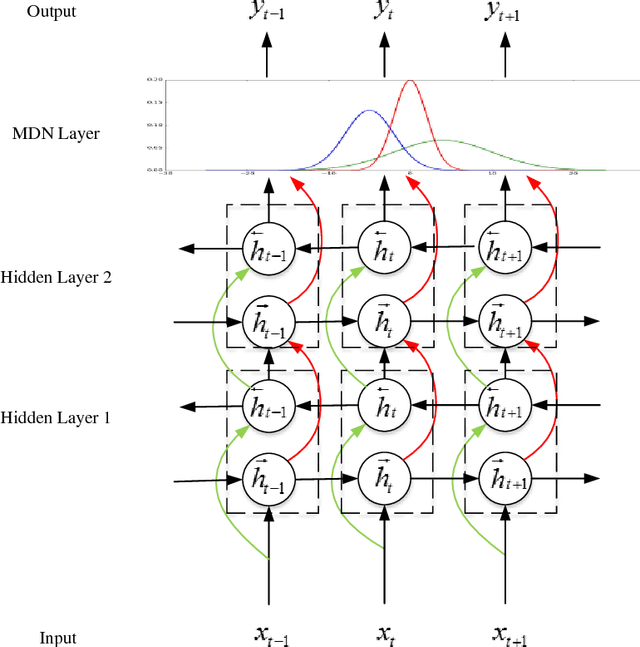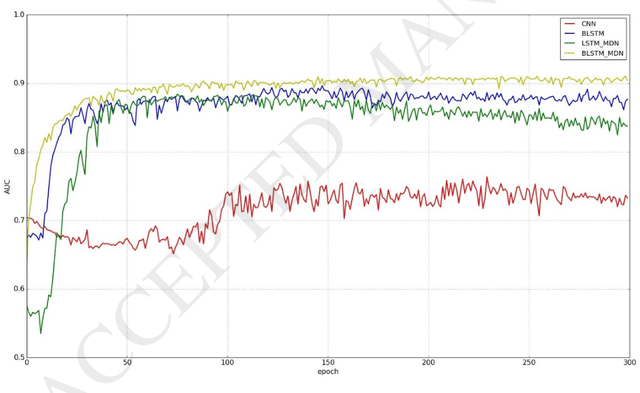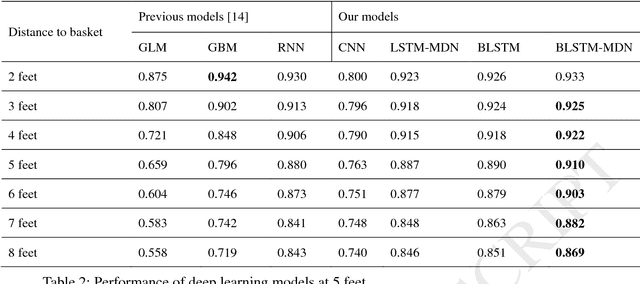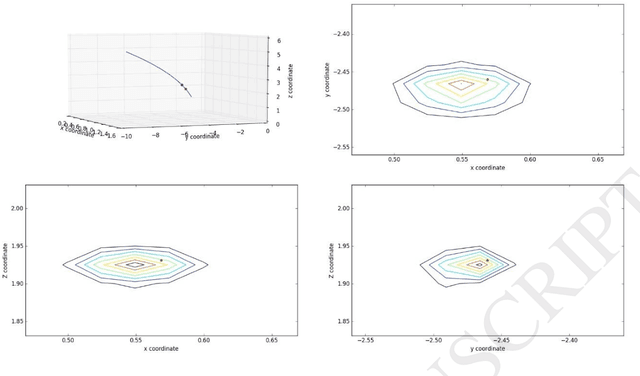Rajiv Shah
MM-PhyQA: Multimodal Physics Question-Answering With Multi-Image CoT Prompting
Apr 11, 2024Abstract:While Large Language Models (LLMs) can achieve human-level performance in various tasks, they continue to face challenges when it comes to effectively tackling multi-step physics reasoning tasks. To identify the shortcomings of existing models and facilitate further research in this area, we curated a novel dataset, MM-PhyQA, which comprises well-constructed, high schoollevel multimodal physics problems. By evaluating the performance of contemporary LLMs that are publicly available, both with and without the incorporation of multimodal elements in these problems, we aim to shed light on their capabilities. For generating answers for questions consisting of multimodal input (in this case, images and text) we employed Zero-shot prediction using GPT-4 and utilized LLaVA (LLaVA and LLaVA-1.5), the latter of which were fine-tuned on our dataset. For evaluating the performance of LLMs consisting solely of textual input, we tested the performance of the base and fine-tuned versions of the Mistral-7B and LLaMA2-7b models. We also showcased the performance of the novel Multi-Image Chain-of-Thought (MI-CoT) Prompting technique, which when used to train LLaVA-1.5 13b yielded the best results when tested on our dataset, with superior scores in most metrics and the highest accuracy of 71.65% on the test set.
Applying Deep Bidirectional LSTM and Mixture Density Network for Basketball Trajectory Prediction
Aug 19, 2017



Abstract:Data analytics helps basketball teams to create tactics. However, manual data collection and analytics are costly and ineffective. Therefore, we applied a deep bidirectional long short-term memory (BLSTM) and mixture density network (MDN) approach. This model is not only capable of predicting a basketball trajectory based on real data, but it also can generate new trajectory samples. It is an excellent application to help coaches and players decide when and where to shoot. Its structure is particularly suitable for dealing with time series problems. BLSTM receives forward and backward information at the same time, while stacking multiple BLSTMs further increases the learning ability of the model. Combined with BLSTMs, MDN is used to generate a multi-modal distribution of outputs. Thus, the proposed model can, in principle, represent arbitrary conditional probability distributions of output variables. We tested our model with two experiments on three-pointer datasets from NBA SportVu data. In the hit-or-miss classification experiment, the proposed model outperformed other models in terms of the convergence speed and accuracy. In the trajectory generation experiment, eight model-generated trajectories at a given time closely matched real trajectories.
Applying Deep Learning to Basketball Trajectories
Aug 16, 2016



Abstract:One of the emerging trends for sports analytics is the growing use of player and ball tracking data. A parallel development is deep learning predictive approaches that use vast quantities of data with less reliance on feature engineering. This paper applies recurrent neural networks in the form of sequence modeling to predict whether a three-point shot is successful. The models are capable of learning the trajectory of a basketball without any knowledge of physics. For comparison, a baseline static machine learning model with a full set of features, such as angle and velocity, in addition to the positional data is also tested. Using a dataset of over 20,000 three pointers from NBA SportVu data, the models based simply on sequential positional data outperform a static feature rich machine learning model in predicting whether a three-point shot is successful. This suggests deep learning models may offer an improvement to traditional feature based machine learning methods for tracking data.
 Add to Chrome
Add to Chrome Add to Firefox
Add to Firefox Add to Edge
Add to Edge